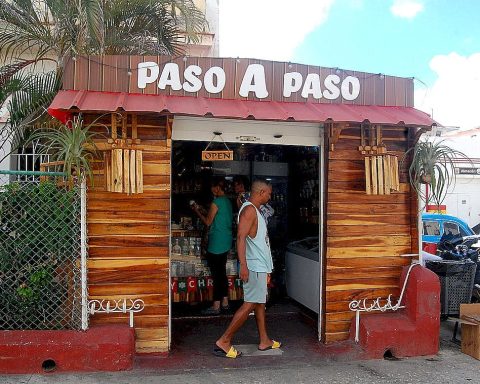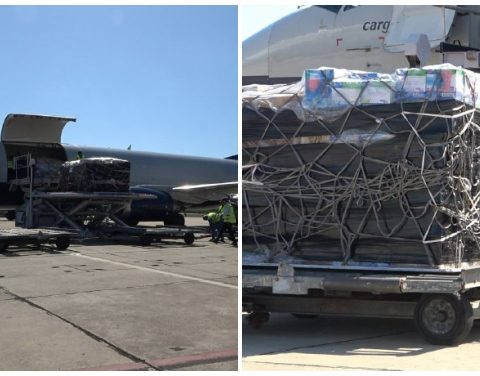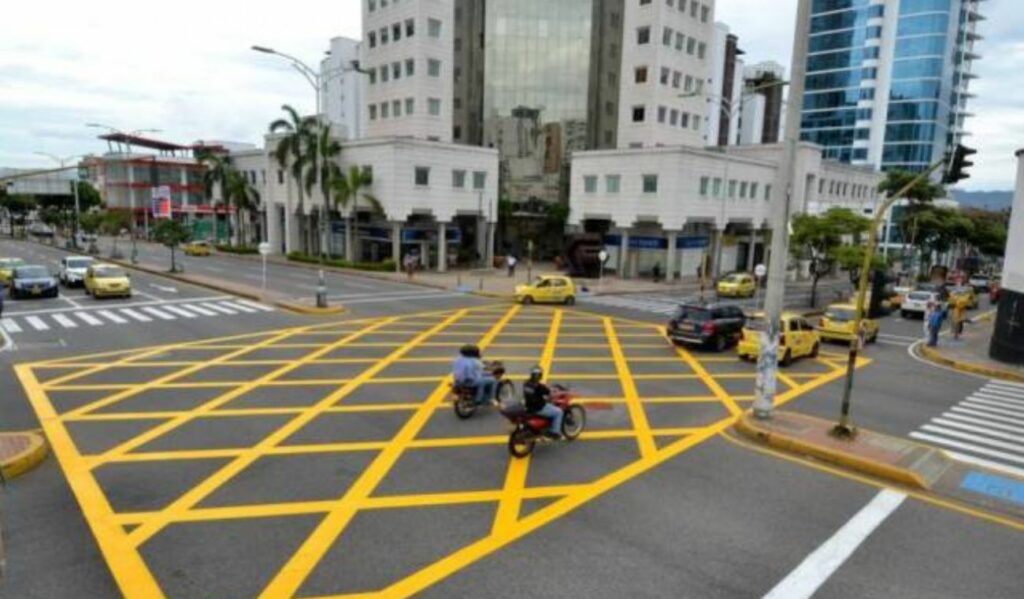Pinar del Río, a province known for the cultivation of the best leaves of tobaccoPlanting began this week despite being the area most devastated by Hurricane Ian as it passed through Cuba at the end of September.
According to state media reported this Friday, planting began in some 6,300 hectares (ha), whose product will be mainly destined for export.
The planting program will run until January 31 and will be concentrated in the municipalities of San Juan y Martínez, San Luis, Pinar del Río and Consolación del Sur, considered the “tobacco massif” of the province that produces half of the leaf most demanded tobacco.
About 900 hectares of covered tobacco will be planted – intended for the wrapper of cigars – and other varieties will also be planted such as Burley, Virginia and Vegas Finas, which are used in the production of twisted tobacco, detailed the delegate of Agriculture in the province , Víctor Hernández, quoted by the Cuban News Agency (ACN).
He said that the plantations of the seedbeds that were not damaged by the scourge of Hurricane Ian, which crossed Pinar del Río from south to north on September 27, have also begun, where it left considerable damage to agriculture, housing, communications and electricity service.
In addition, Hernández specified that some 6,200 curing houses need to be built -where tobacco leaves are stored for natural drying- of the more than 10,000 that were damaged by the hurricane’s winds, which is equivalent to 90% of those around 12,000 from the region, points Eph.
The impact of the hurricane also caused around 11,000 tons of tobacco in the curing process to get wet, so many of them will have to be discarded, according to official reports.
Tobacco production in Cuba suffered a “devastating blow” with Hurricane Ian
The blow to the sector occurs at a delicate moment for this industry, which produced less than half of what was planned from January to June due to lack of basic supplies, logistical problems and breakdowns, among others.
The tobacco harvest, the fourth largest sector by income in Cuba, went from 32,000 tons in 2017 to 25,800 in 2020, according to official data. The sector employs around 200,000 workers, rising to 250,000 at the peak of the harvest.
Efe/OnCuba.


















